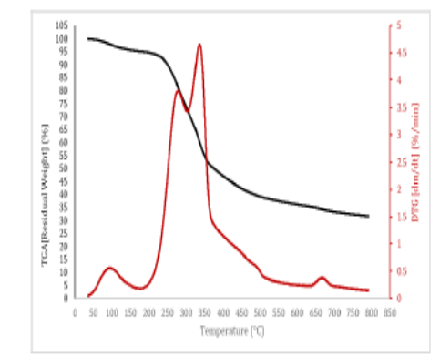


Indian Journal of Science and Technology
DOI: 10.17485/IJST/v16i39.1318
Year: 2023, Volume: 16, Issue: 39, Pages: 3332-3342
Original Article
Sayali Udakwar1*, Aryan Tibrewala2, Prashasti Keshari2, Dilip Sarode3
1Research scholar, Department of General Engineering, Institute of Chemical Technology, Mumbai, 400019, India
2UG Student, Department of General Engineering, Institute of Chemical Technology, Mumbai, 400019, India
3Professor, Department of General Engineering, Institute of Chemical Technology, Mumbai, 400019, India
*Corresponding Author
Email: [email protected]
Received Date:31 May 2023, Accepted Date:15 September 2023, Published Date:17 October 2023
Objectives: In metropolitan regions, management of solid wastes continues to be the main challenge. One of them is garden waste management. Garden waste generated in cities is either recycled into fertilizers or dumped on landfills, polluting the land. This study intends to discover sustainable waste management options for garden waste and to achieve a shift in energy from petroleum to renewable sources such as biomass, which can minimize emission of contaminants in the atmosphere. Methods: The pelletization method of managing garden waste was examined in this study. The garden waste including Palm, Jackfruit, and Ashoka leaves was collected separately from the college yard. Pelletization of these leaves was carried out after pretreatment and pulverization. The mechanical, physiochemical, and thermal characteristics of pellets were studied using several analytical techniques such as Thermogravimetric Analysis (TGA), proximate analysis, Energy dispersive spectroscopy (EDS) and scanning electron microscopy (SEM). Findings: The calorific value for pellets made from palm, Jackfruit, and Ashoka leaves was 3414.46 kcal/kg, 3304.02 kcal/kg, and 3833.88 kcal/kg, respectively. These values are reminiscent to those for sub-bituminous coal, lignite, and peat. Additionally, the very low levels of nitrogen and sulphur indicate a lower threat of contaminants in the air. Pellets have an over 90 percent impact resistance and durability , thus signifies resistance to damage and are simple to handle, store, and transport. The results of analyses indicate that pellets made from palm, jackfruit, and Ashoka leaves can be bonded strongly and display the appropriate thermochemical behavior to be used as biofuels. Novelty and applications: The pelleting of specifically Palm, Jackfruit, and Ashoka leaves has not been explored for biofuel use. The pellets generated can be used in boilers, reactors, and other combustion units along with coal to generate revenue and reduce air pollution to some extent.
Keywords: Garden Waste, Sustainable Development, Physiochemical Analysis, Thermogravimetric Analysis, Pellets
© 2023 Udakwar et al. This is an open-access article distributed under the terms of the Creative Commons Attribution License, which permits unrestricted use, distribution, and reproduction in any medium, provided the original author and source are credited. Published By Indian Society for Education and Environment (iSee)
Subscribe now for latest articles and news.